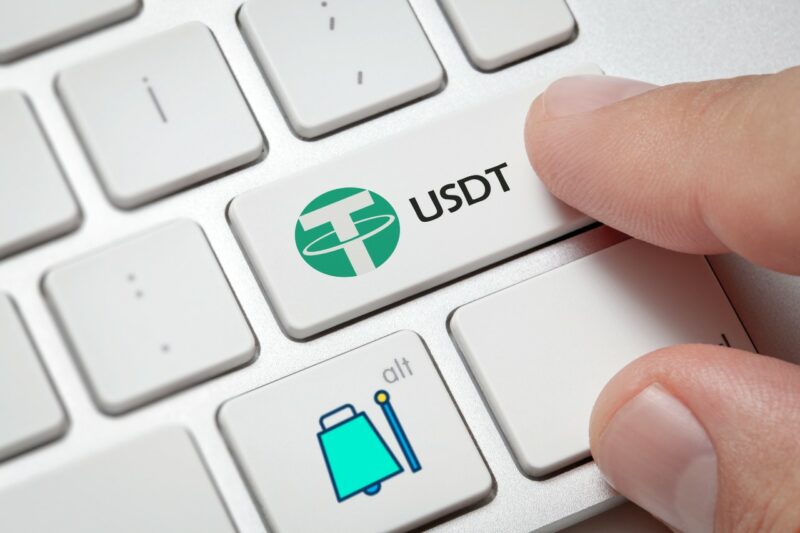Tether? A Complete Scam?
Nobody really knows for sure where these Tethers are coming from or what happens to the assets backing them from which they are ostensibly reserved. Nobody knows for sure if newly minted USDT have any backing at all.

26 August 2021 · Issue #918 · View online
Tether FUD (Fear-Uncertainty-Doubt) continues, most recently with highly respected commentators such as Grant Williams weighing in and ascribing a high likelihood of the stablecoin being under-reserved and possibly fraudulent.
In this note we’re going to look at the claims and try to evaluate what effect it could have on our crypto investments it if it turned out that Tether was, in fact, a complete scam.
Tether being a fraud teaches us more about fiat than it does about cryptos
Tether is the first “stablecoin”, which is a digital currency that endeavours to maintain parity (a peg) with its counter-party instrument: the US dollar.1 Tether (USDT) should equal $1 USD.
There is constantly varying degrees of slippage around this (and any other stablecoin). Tether is the third largest digital currency by market cap, at around $63B USD.
Note also that I keep calling Tether “a digital currency” and not a crypto currency. This is because there is no Tether blockchain and USDT’s are not mined, they’re “minted”.
Ostensibly, Tether receives USD from depositors and then “mints” a corresponding amount of USDT and puts that into their depositors’ account.
This is where everything gets funky.
The depositor then takes that USDT on whatever ecosystem they’re in (these days mostly Ethereum or TRON) and begins moving it around to where they want it to be. They can buy Bitcoin with it. Or Ethereum.
They can stake that USDT into myriad Decentralized Exchanges (DEX) platforms like Sushiswap, Aave, etc, or even stake it into more complex yield farms and liquidity pools like Yearn, Curve, Compound, et al.
And they can earn yield on that. More yield than can be earned out in the legacy world. 5%, 7%.
With some of the more complex DeFi strategies you can get north of 10% and if you want to go full “degen” (short for “degenerate”) you can ostensibly bag APRs in the triple digits.Contrary to Bitcoin or Ethereum, where we know the providence of every single unit, we don’t know anything about Tether.
Every BTC or ETH mined is accounted for and visible. Every single transaction they’ve ever been a party to is logged to a public blockchain that anybody can access.
And it’s all executed using protocols laid out in open source software that anybody can download and read.
But nobody really knows for sure where these Tethers are coming from or what happens to the assets backing them from which they are ostensibly reserved. Nobody knows for sure if newly minted USDT have any backing at all.
For all we know, and what people like Crypto Anonymous, @Bitfinexed, Bennett Tomlin and George Noble are alleging, is that Tether just pulls this stuff out of thin air.
If Tether is just minting USTD out of thin air and then using it to buy up Bitcoin, Ethereum and any other assets they can, then that’s a problem (and it’s also an exact microcosm of what central banks have been doing with intensified zeal since 2008).
The original Crypto Anonymous article (linked above) plotted Tether issuance with the rise in the value of Bitcoin and it does look quite bang on.

However it is worth noting some of the key moments in crypto as it plots against Tether’s market cap over the course of 2021 after the Bit Short came out.
Tether starts out the year with $21B USD market cap. By the time Bitcoin hits it’s all-time-high on April 14th, it’s more than doubled to $46B, while Bitcoin has also more than doubled, starting out the year at $30K USD and peaking on the eve of the Coinbase IPO a little north of $64K USD.
Then Bitcoin levels off and starts falling, while Tether issuance keeps right on going.
What else keeps right on going over this same period?

Photo credit: DrawKit Illustrations on Unsplash
